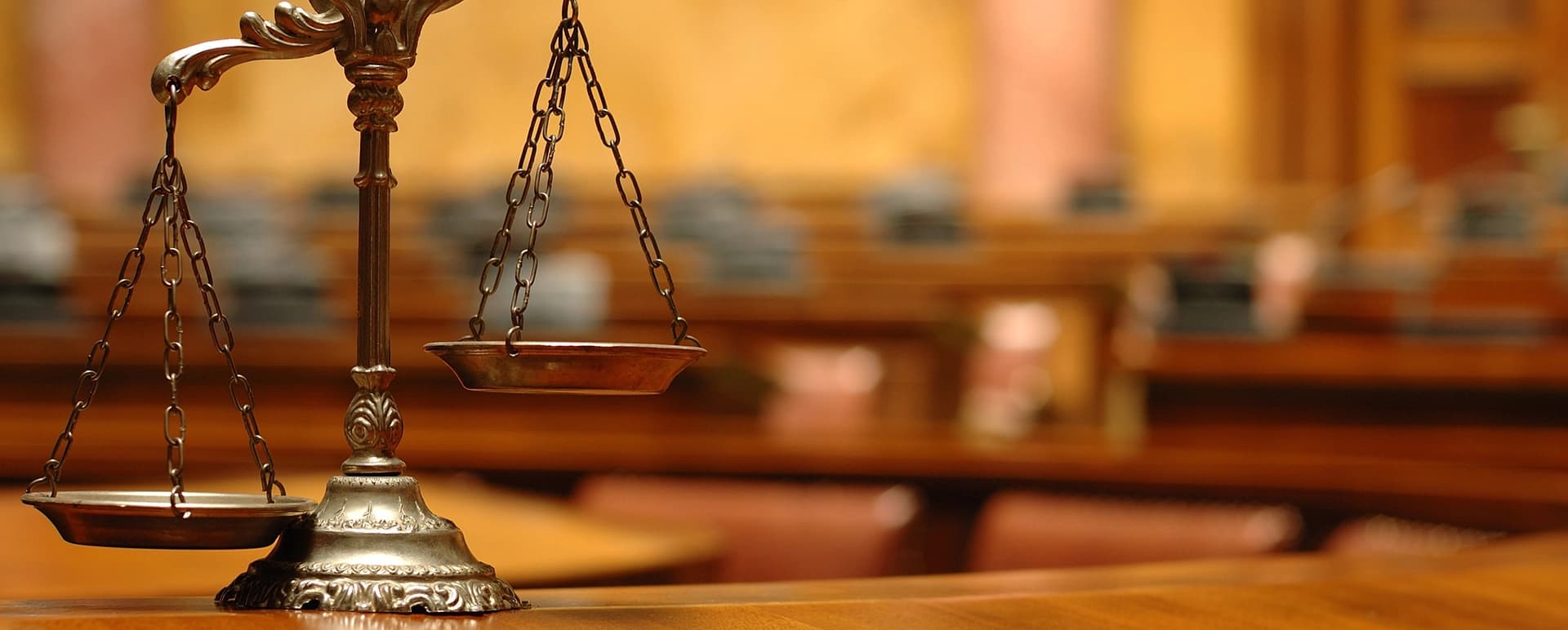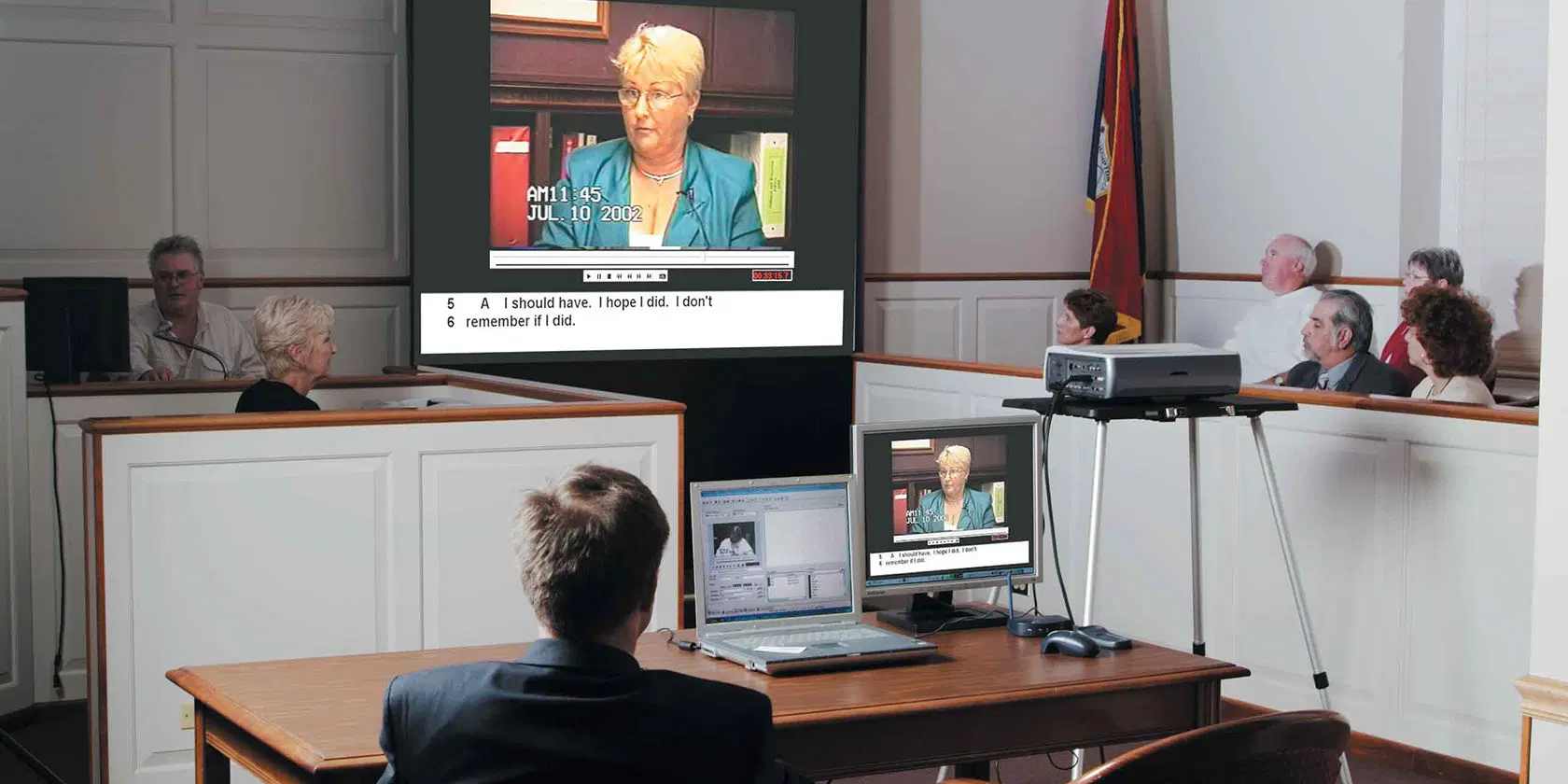Trial Presentation Specialized Help to Elevate Your Courtroom Performance
Trial Presentation Specialized Help to Elevate Your Courtroom Performance
Blog Article
Astound the Court: Crucial Aspects of a Powerful Test Discussion
Crucial elements such as recognizing the audience, crafting a compelling story, and mastering spoken and non-verbal communication are vital components of an efficient discussion. As these elements link, they form a natural method that not just informs however additionally involves jurors on several degrees.

Recognizing Your Audience
Understanding your audience is a critical facet of effective trial presentation. A successful presentation depends upon the capacity to comprehend the demographics, worths, and proneness of jurors. This understanding notifies how arguments are framed, proof exists, and sob stories are crafted, ensuring that the message resonates with the jurors on an individual level.
Research study shows that jurors come from varied histories and might have differing degrees of understanding pertaining to legal proceedings (trial presentation). Thus, it is vital to prevent legal lingo that could push away or confuse them. Instead, using clear, relatable language cultivates involvement and understanding. Furthermore, understanding the jurors' possible prejudices and life experiences enables the trial speaker to anticipate objections and address worries proactively.
Efficient trial discussion also involves observing jurors' reactions during the process. Being in harmony with non-verbal cues can give understanding right into their involvement and receptivity, permitting for real-time modifications in strategy. Inevitably, an extensive understanding of the target market not only improves communication however additionally builds rapport, enhancing the probability of a beneficial end result. Engaging with jurors as people as opposed to a cumulative system is necessary in fostering a solid link in the court.

Crafting a Compelling Story
Crafting a compelling story is vital in directing jurors via the intricacies of a case. A well-structured narrative not just streamlines complex legal ideas however additionally engages jurors on a psychological level, making the info more relatable and memorable.
To accomplish this, lawyers must begin by determining the core message they desire to share. This message must reverberate with the jurors' worths and experiences, cultivating a connection that goes beyond mere truths. The story should unfold realistically, offering events in a clear series to avoid confusion. This chronological technique can aid jurors comply with the development of occasions, highlighting domino effect.
Incorporating human aspects-- such as personal stories or narratives-- can better enhance the story's effect. These aspects evoke compassion, permitting jurors to picture the consequences of the case on genuine lives. Furthermore, using a consistent theme throughout the presentation strengthens the major debate, making it less complicated for jurors to retain crucial points.
Inevitably, an engaging story changes a test discussion from a plain address of realities right into a persuasive story that captivates the court, motivating them to ponder with both reason and emotion.
Utilizing Visual Aids
Incorporating visual help into a test discussion can significantly boost jurors' comprehension and retention of details. Aesthetic products such as graphes, diagrams, photographs, and video clips can change complex legal principles and proof into easily digestible layouts. By involving multiple detects, these help allow jurors to visualize the instance's essential aspects, making it simpler for them to follow along and realize complex details.
In addition, properly designed visual aids can highlight crucial points and emphasize connections in between various items of evidence. As an example, timelines can effectively show the series of events, while annotated pictures can clarify certain information relevant to the instance. This not only help in understanding but likewise enhances the narrative provided by the lawyer.
It is vital, nonetheless, to make sure that visual help matter, clear, and properly presented. Overly complex or messy visuals may overwhelm jurors and detract from the message. When made use of judiciously, visual help serve to enhance the dental debates and enhance the general impact of the trial presentation. Inevitably, effective visual interaction can be a powerful device in persuading jurors and helping them get to informed final thoughts.
Understanding Verbal Interaction
Effective verbal interaction is vital in a test presentation, as it acts as the key means with which attorneys communicate their debates and attach with jurors. Understanding this skill involves clarity, persuasion, and engagement. Attorneys must articulate their factors clearly and concisely, preventing legal jargon that may confuse jurors. Simpleness in language promotes understanding and helps jurors grasp complex issues provided throughout the test.
Additionally, tone and pacing dramatically effect how messages are received. A certain tone shares authority, look at here now while appropriate pacing permits jurors to soak up details without feeling bewildered. Attorneys ought to additionally differ their singing inflections to highlight bottom lines and keep jurors' rate of interest throughout the presentation.
In addition, the organization of verbal disagreements is necessary. Structuring the narrative practically and coherently assists jurors follow the lawyer's logic, making it less complicated for them to keep crucial details. Utilizing persuasive strategies, such as storytelling, can additionally enhance the psychological resonance of the debates provided, thus developing a much more extensive link with jurors.
Inevitably, mastering verbal interaction not just enhances a lawyer's case yet additionally fosters depend on and rapport with the jury, considerably enhancing the possibilities of a favorable decision.

Involving With Body Language
Nonverbal communication plays a crucial function in test discussions, often communicating messages that words alone can not express. Body movement, including gestures, position, facial expressions, and eye get in touch with, considerably affects how jurors regard the integrity and sincerity of the presenter. A positive position, with shoulders back and an open position, can infuse count on, while closed-off body movement may recommend defensiveness or uncertainty.

Faces need to show the feelings related to the instance, strengthening the story existing. As an example, a genuine expression throughout a poignant minute can generate compassion and strengthen the psychological allure. Ultimately, grasping body language is essential for reliable test discussions, as it improves spoken communication and develops an engaging visibility that resonates with the court.
Conclusion
In conclusion, astounding the court necessitates a critical method that encompasses recognizing the target market, crafting a compelling narrative, using visual help, understanding verbal interaction, and engaging with body movement. Each component plays an important function in a knockout post developing an effective trial presentation that resonates with jurors on both emotional and intellectual degrees (trial presentation). By incorporating these parts properly, legal professionals can substantially boost their ability to encourage and affect court decision-making
Report this page